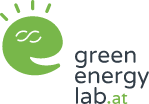Flexibility in the energy system through sector coupling and storage technologies
At the Insight Talk of Green Energy Lab on 23 October 2025, selected experts provided exciting insights into innovative projects and solutions to increase the flexibility of the energy system through sector coupling and storage technologies.

© Energie Steiermark
4 November 2025 – Energy grids face numerous challenges today. With the increasing expansion of renewable energies, the demands placed on them are also changing. Weather-dependent energy sources such as wind power and photovoltaics are particularly subject to fluctuations in generation. In addition, there are seasonal differences, such as higher PV yields in summer or an increased heating demand in winter. There are also local and temporal differences between generation and consumption.
Flexibility is a key prerequisite for meeting the challenges mentioned above and expanding renewable energies. But how can flexibility be created in the energy system? Sector coupling and storage play an important role here. Both topics were discussed in detail at the Insight Talk of Green Energy Lab on 23 October 2025. Experts of Energie Steiermark AG, Emerald Horizon AG and SALZSTROM provided insights into innovative projects.
Sector coupling refers to the integration of different energy sectors, such as electricity, heat and transport. The conversion of renewable electricity into other forms of energy, such as heat, plays an important role in this process. Batteries of various sizes, heat storage systems and hydrogen are used to store energy that can then be used at a later time. A basic distinction can be made between the following types of storage technologies:
- Mechanical energy storage (e.g. pumped storage power stations, flywheel storage)
- Electrical energy storage (e.g. capacitors / supercapacitors, superconducting magnetic energy storage systems)
- Thermal energy storage (e.g. thermosensitive storage systems such as hot water tanks, latent storage systems and thermochemical storage systems)
- Chemical/electrochemical energy storage (e.g. batteries, accumulators, hydrogen storage, synthetic fuels)
Don’t miss a thing: Register now for our free newsletter!
Sector coupling of hydropower and heat in Styria
With a power-to-heat plant (P2H plant), Jörg Faschallegg and Marco Schabel presented at the Insight Talk an example of cross-sector energy use. A P2H plant converts surplus electricity into heat. The heat can then be fed into a local or district heating network. Such plants are characterised by simple technology, good efficiency and comparatively low investment costs. However, their use requires that the infrastructure for connecting and purchasing the heat is in place.
The P2H olant presented is a joint project of Energie Steiermark Green Power GmbH and Verbund Hydro Power GmbH. It is located at the energy transmission line from the Gössendorf hydroelectric power plant to the Grambach substation and is intended to connect the electricity and heat markets. While the electricity generated in the hydroelectric power plant usually flows directly into the grid, any surplus electricity can also be used to operate the P2H plant. There, it is converted into heat and fed into the district heating network. This means that all the energy from the hydroelectric power plant can be used regardless of the current electricity demand.
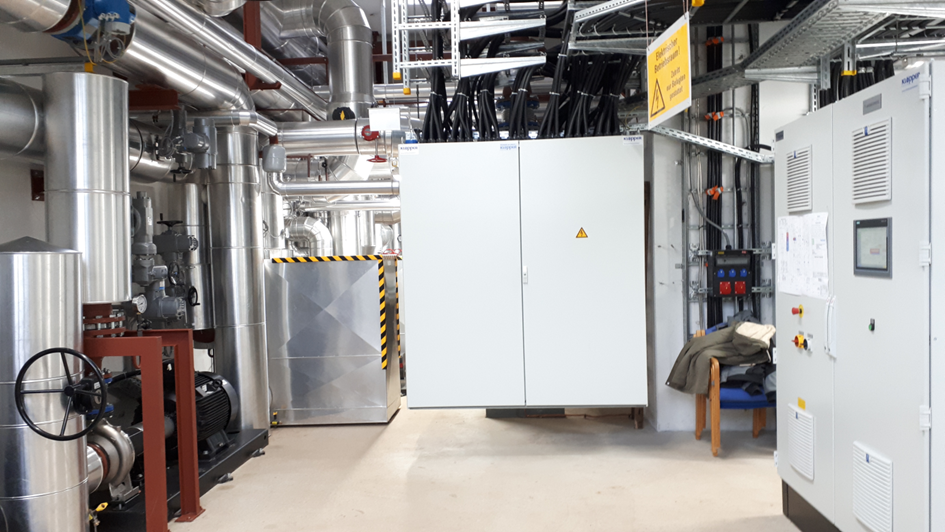
Power2Heat plant from Energie Steiermark in Gössendorf © Energie Steiermark
The power-to-heat plant in Gössendorf consists of a 10 MW electric boiler system with resistance heating elements and heating registers. It should be noted that this is a low-risk hot water boiler that operates below 120°C. Two heat exchangers enable the heat to be fed into the district heating network. In addition, there is a 5 MWh hot water storage tank as a dynamic buffer. The system offers high efficiency in converting electricity into heat and is also qualified for use in the balancing energy market (SCR).
Modular high-temperature molten salt storage
Dr. Mario J. Müller and Gerhard Greiner from Emerald Horizon AG discussed at the Insight Talk the methods of latent heat storage in detail and presented the modular high-temperature molten salt storage CALstore. Latent heat storage systems use phase change materials such as salts or paraffins for energy storage. When changing from a solid to a liquid state, these materials absorb heat energy and release it again when needed through the reverse phase change from liquid to solid.
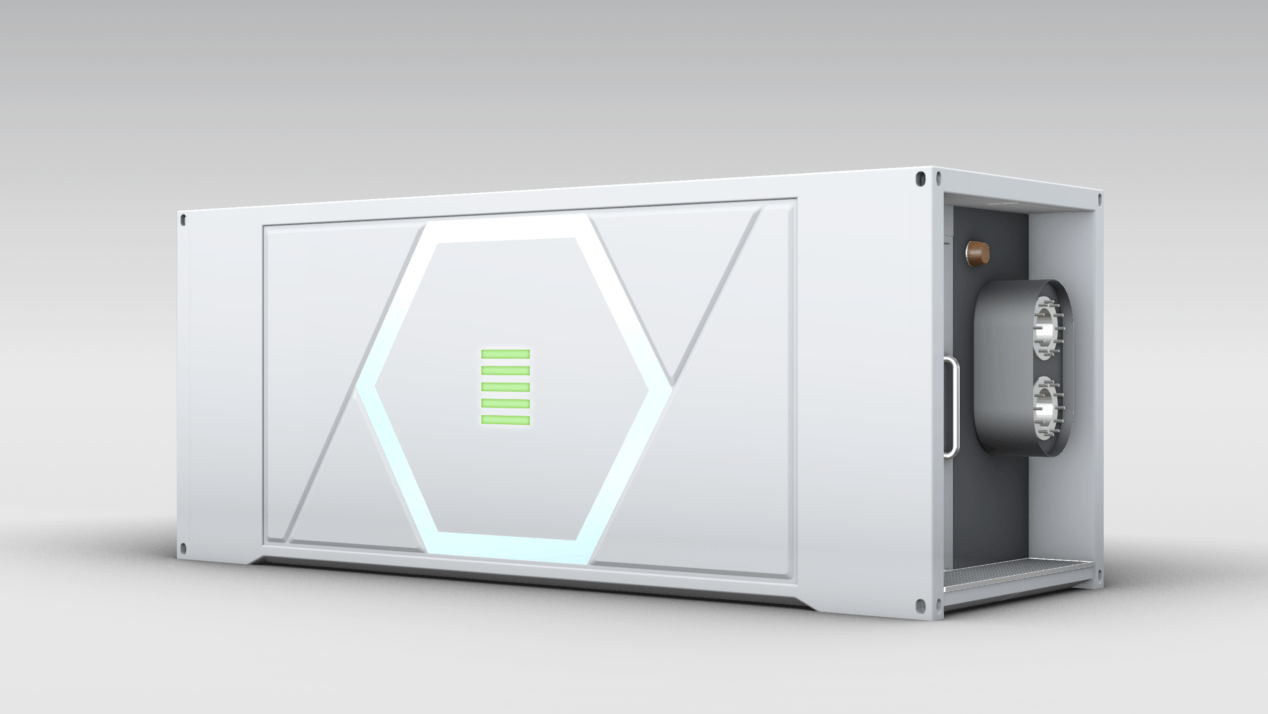
High-temperature molten salt storage CALstore © Emerald Horizon AG
The high-temperature molten salt storage CALstore is designed as a 20-foot container with a storage capacity of 5,000 kWh. It is designed to offer high safety, long service life and low maintenance requirements. The advantage of liquid salts as a storage medium is that they have a very high energy density due to their high melting point, which ranges between 300 and 600 degrees Celsius depending on their composition. At the same time, the pressure inside the storage is significantly lower than in hot water storage tanks, for example.
Waste heat from industrial processes or surplus energy from weather-dependent renewable energy sources is to be used to charge CALstore. The heat can then be continuously extracted via heat exchangers. If necessary, the storage can also serve as a direct high-temperature source for industrial processes, or the energy can be converted into electricity using Heat2Power.
The CALstore project was funded by the Austrian Research Promotion Agency FFG and awarded the Energy Globe Award Styria 2025. You can find more informationen in the presentation about CALstore (available in German only).
Salt batteries as sustainable electricity storage
Finally, Peter Arnold from SALZSTROM turned his attention to electrochemical storage devices and posed the question “Goodbye lithium?”. Nowadays, lithium-ion batteries are the most commonly used type of battery, for example in PV battery storage systems and electric vehicles, partly because of their good price-performance ratio. However, lithium is in limited supply and unevenly distributed around the world, which means that countries are dependent on other countries for raw materials. In addition, the mining and disposal of lithium involve significant environmental disruption. Instead of lithium batteries, sodium-ion batteries, colloquially known as salt batteries, can also be used. Sodium is one of the most abundant raw materials on earth and therefore represents a more sustainable alternative to lithium in the field of energy storage.
Salt-based batteries include, for example, thermal batteries, which use molten salt as an electrolyte, as well as aqueous or organic electrolytes. SALZSTROM specialises in sodium-ion batteries with organic electrolytes. These batteries consist of a cathode, an anode, a separator and an electrolyte. Sodium-ion batteries are therefore have a similar design to lithium-ion batteries and also have the same shapes. This means that the same infrastructure can be used as for lithium-ion batteries, and the batteries can be used in the same devices and systems. Although salt batteries have a lower energy density than lithium batteries, they offer greater safety, for example due to their lower fire risk.
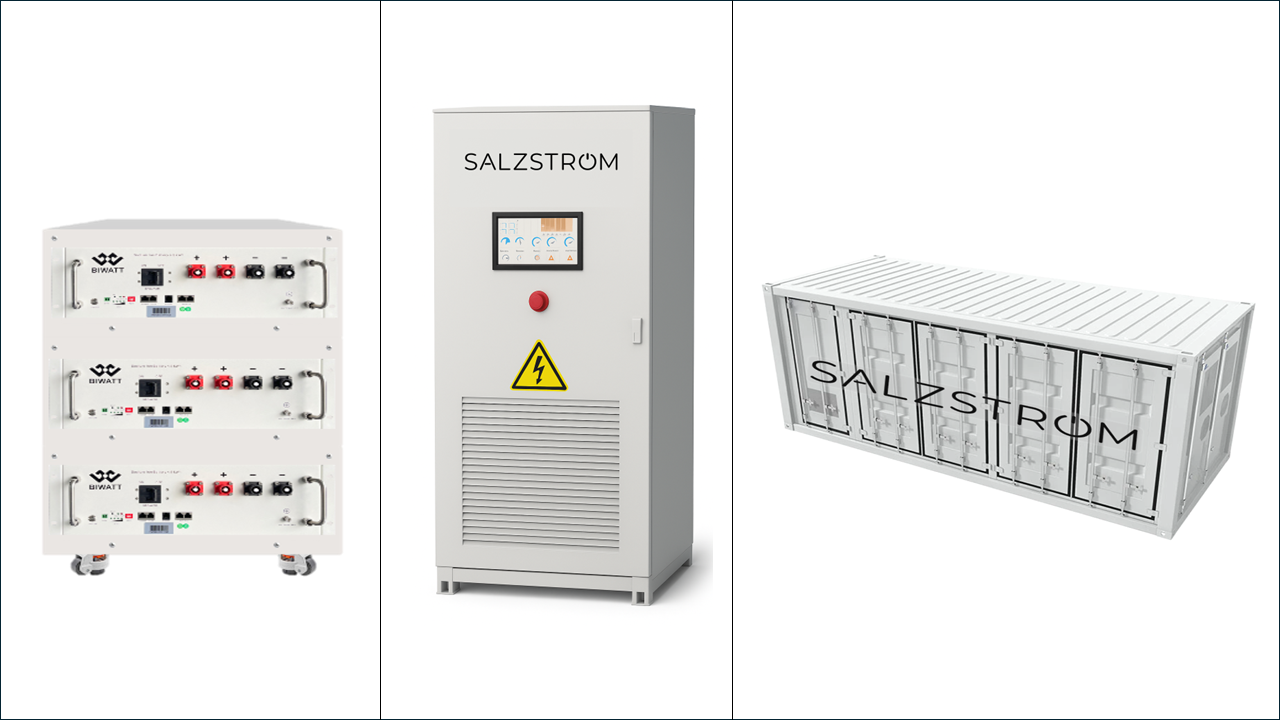
Storage systems from SALZSTROM are available in various capacities, ranging from home storage systems with 4,5 kWh (left) to commercial storage systems with 115 kWh (middle) or large storage systems in container format with 2,3 MWh © SALZSTROM
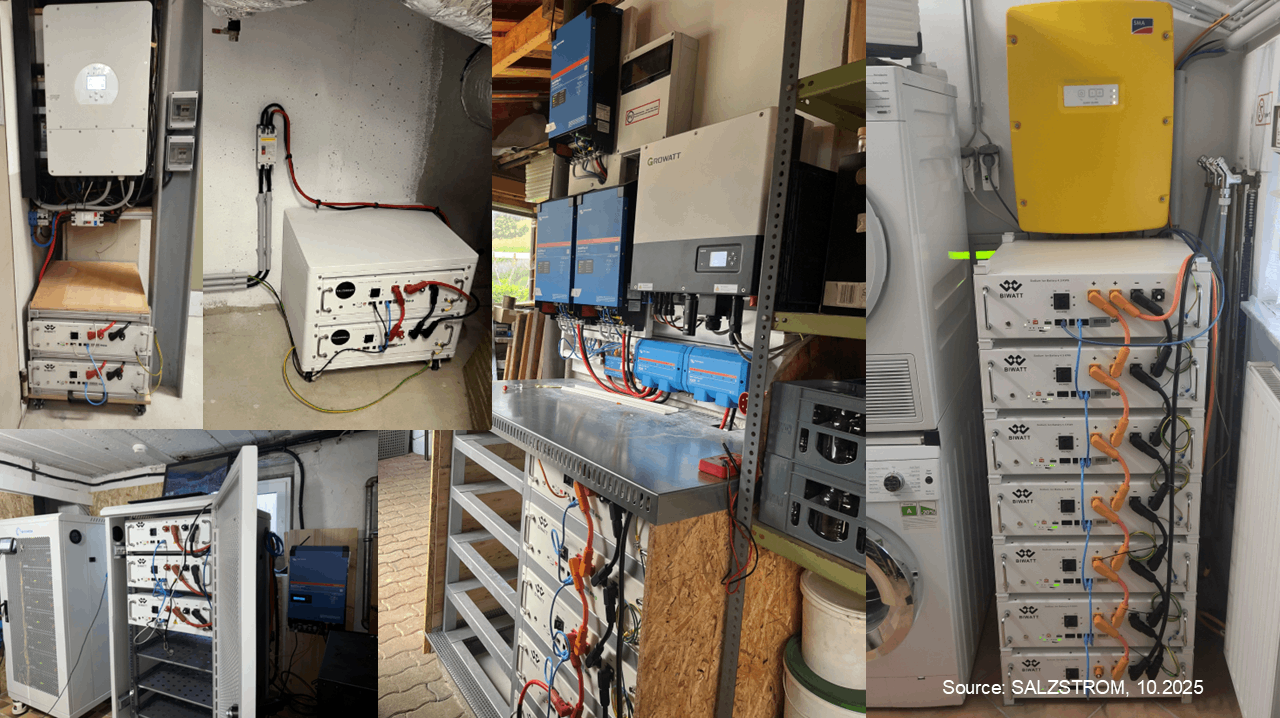
Sodium-ion batteries in various designs for home and commercial storage © SALZSTROM
SALZSTROM is currently cooperating with Burgenland Energie AG to jointly launch salt storage systems on the market. The battery storage systems can be used in existing and new installations. Further information can be found on the website of Burgenland Energie AG.
Contact
Ludwig Fliesser
Communications Manager
T: +43 676 471 93 47
E: ludwig.fliesser@greenenergylab.at
